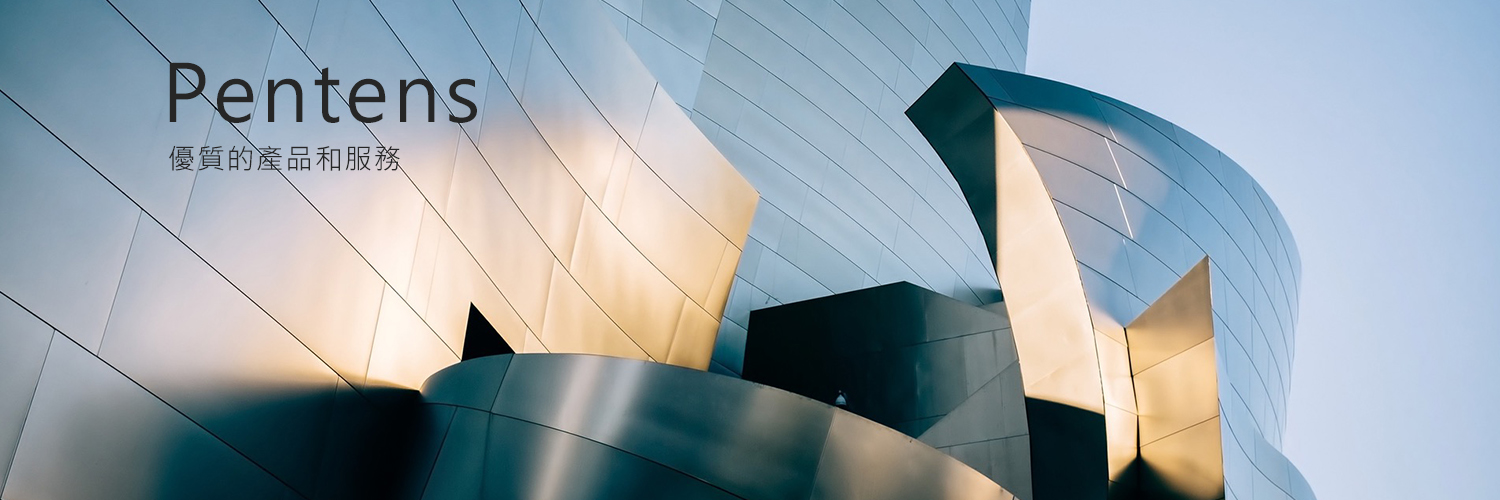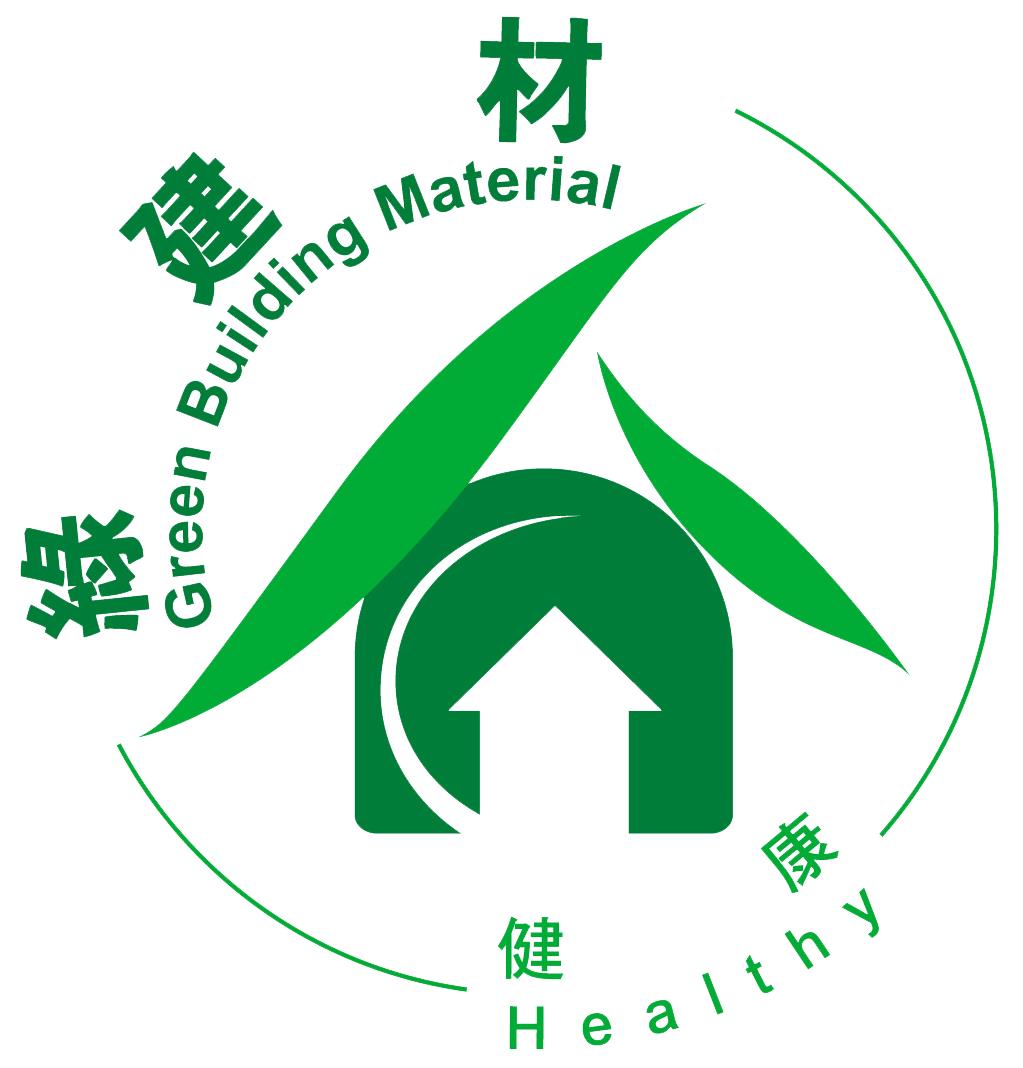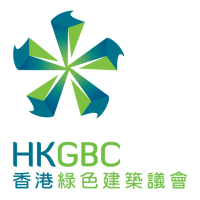
PENTENS E-501LN Tank Lining Epoxy Coating
────── Taiwan Green Material Label Product 
────── HKGBC Eco-Product 
PENTENS E-501LN Tank Lining Epoxy is a 100% solids modified epoxy coating designed for high performance waterproofing, chemical resistance and traffic compatibility under a wide range of application and service conditions.
ADVANTAGES
- Non-toxic
- Odorless
- High adhesive strength
- Low viscosity
- Good penetration
- High mechanical and chemical resistance
- Short waiting times
USES
- Tank lining for sewage tank, waste treatment plant, water purification tank
- Industrial flooring underlayment
- Mechanical room flooring non-slip surfacing
PHYSICAL DATA

APPLICATION
Surface Preparation
Surfaces to be coated must be clean and dry, and free of grease, oil, dirt and other contaminants. Old lining must be completely removed.
Priming
Mineral based substrates must be primed with the low viscosity , solvent-free epoxy resin PENTENS E-500.
Mixing
To premix the E-501LN-A part with homogeneously before mixing with B part. PENTENS E-501LN mixed together by means of a slowly rotating electric drill with paddle. To complete mixing the resin is poured from one can to another and mixed again. To ensure the correct mixing ratio and for ecological reasons packs should be emptied thoroughly.
Application
Coating: Application of PENTENS E-501LN is normally by means of brush or roller.
Curing & Cleaning
The applied epoxy tank lining must be allowed to cure 72 hours before using the tank for storage of potable water. Seven (7) days curing time is necessary to attain chemical resistance.
Wash the cured lining using detergents and rinse thoroughly.
Precaution
PENTENS E-501LN will become yellowing when exposure to sunlight but it will be not influence the performance.
SAFETY
Impervious gloves and barrier cream should be used when handling these products.
Eye protection should be worn. In case of contact with eyes, wash thoroughly with plenty of water and seek medical advice if symptoms persist.
If contact with skin occurs, it must be removed before curing takes place.
Wash off with an industrial skin clearer followed by plenty of soap and water. Do not use solvent.
Ensure adequate ventilation when using these products.
